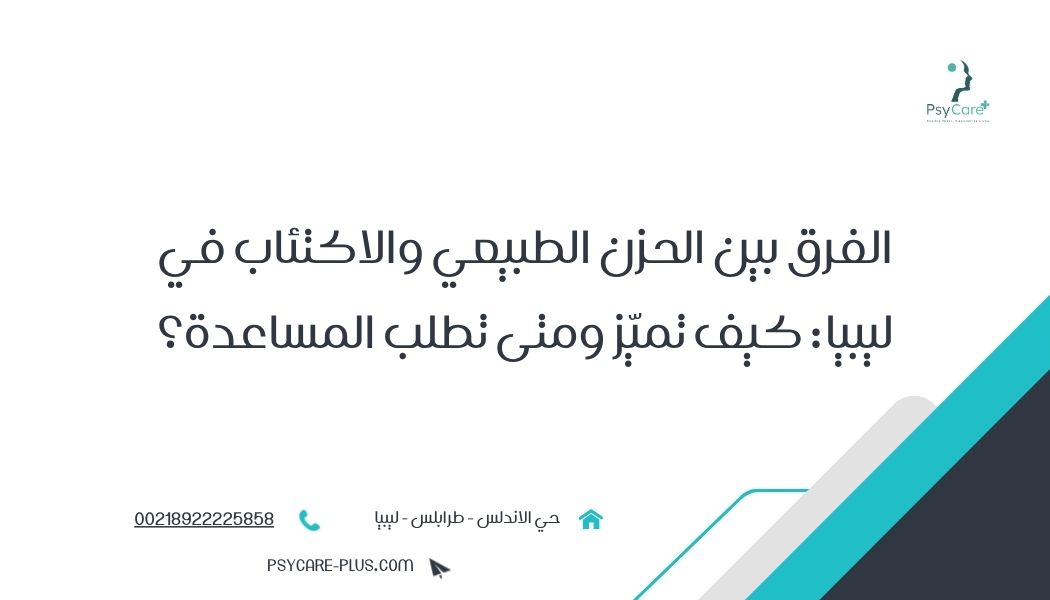Sadness vs. Clinical Depression in Libya: How to Tell the Difference & When to Seek Help
Key Differentiators, the Two-Week Rule, Red Flags, and Practical First Steps

Sadness vs. Clinical Depression in Libya: How to Tell the Difference & When to Seek Help
Depression




